The Night of Saint John is a really old celebration that has become more and more important over the centuries, being a bridge that connects continents, cultures, and ages.
The origins of the Feast of Saint John go back to ancient traditions that celebrate the summer solstice, which is when the sun reaches its highest point in the northern hemisphere and marks the beginning of summer.
One of the main customs was lighting bonfires to purify and renew energy, as well as to keep away evil spirits.
Year after year, Christianity has absorbed many pagan festivities, giving them new religious meanings. That’s why the traditional association with the birth of Saint John the Baptist (who is said to be Jesus Christ’s precursor) has spread.
Today, the Night of Saint John is celebrated in many parts of the world with different customs and rituals, like jumping over bonfires, burning the old stuff we don’t want anymore, taking a midnight swim in the sea, or washing your face with seawater (to stay healthy and beautiful).
The Feast of Saint John in Murcia
Murcia is no exception and adopts the theme associated with the arrival of the summer solstice.
It’s an emblematic celebration because it combines religious and pagan elements and is an occasion for Murcians and tourists to come together and enjoy various activities like fireworks shows, religious processions, and parades.
Where do they burn bonfires in Murcia?
In Los Alcázares, La Manga, Puente Tocinos, and Cartagena, the night of Saint John is deeply felt, and local people organize activities from the afternoon until late at night.
Everyone shares in the traditional bonfire burning when midnight strikes.
The “Salto del Usero in Bullas” is a special place to spend the night of Saint John due to its natural beauty and its connection to a legend called “Bajada de la Mora,” which tells the story of forbidden love between a young Muslim woman and a Christian.
Based on this legend, every Saint John’s night, it’s said that the woman relives the drama associated with her love, and the people of Bullas watch the tragedy with enthusiasm and emotion.
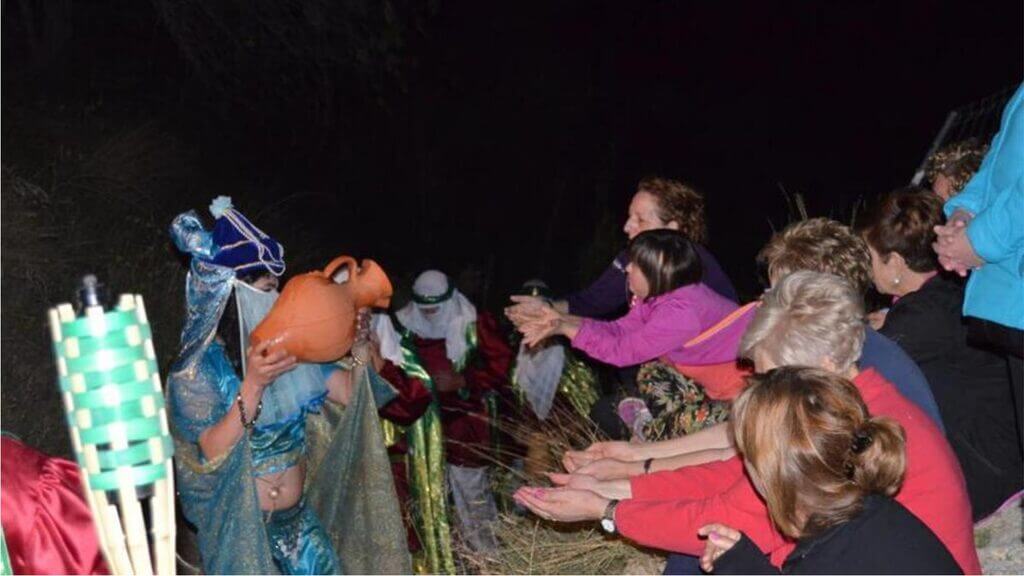
The Bonfires of Alicante
Among all the cities in Spain, Alicante is the one most associated with bonfires.
During these festivities, which take place from June 20th to 24th, monumental wooden and cardboard bonfires are built and burned on the night of June 23rd to 24th.
Although the San Juan Festivities officially take place during these days in June, preparation and anticipation start between January and April. Each neighborhood selects its bonfire candidate for Beauty of the Fire, while in May, the Ninot Exhibition begins, where you can see the figures that will be burned during the night of San Juan.
Also, they hold the Ninot Pardon, where they pick the figure that will be saved from the flames. On June 19th, each neighborhood sets up its bonfire and its corresponding barrack, which is like a space with tables, a stage, and a bar inside.
The bonfires are famous for their spectacular artistic monuments, called “ninots,” which represent satirical or current figures. These ninots are shown in the streets for several days before being burned on the night of San Juan.
The “cremà” is the final act of the San Juan Bonfires. During the night of June 24th, the bonfires built in different parts of the city are burned in a fire and light show in front of an amazed audience.
The children’s bonfires usually burn around midnight, while the adult ones are lit around 2 in the morning.
Also, there are two fireworks shows that are part of the celebrations.
The “Mascletà” is a daytime event held every day from June 20th to 24th in Plaza de los Luceros. It consists of a series of fireworks explosions that create an intense and rhythmic sound, accompanied by a visual show of colors and smoke.
It’s a tradition that’s really part of Valencian culture and highly appreciated by spectators, who gather to experience the energy and power of the fireworks.
On the other hand, fireworks are another highlight of the San Juan Bonfires in Alicante and are usually held on the night of June 24th, after the “cremà”. They are a wonderful of light and color that illuminates the city’s sky.
In addition to Alicante, other cities in the Valencian Community such as Valencia, Benidorm, Denia, Torrevieja, and Altea also celebrate the night with great enthusiasm.
Traditions in Different Countries
- In Brazil, bonfires are the main attraction of the festivities, where people dance and celebrate all night, throwing offerings into the sea in honor of the goddess Yemanjá.
- In Italy: In the region of Sardegna, the feast of San Juan, known as “Festa di San Giovanni Battista,” is celebrated with religious processions, parties in the square, and fireworks.
- In other places, such as Sweden and Finland, the lighting of bonfires marks the summer solstice, being an occasion to gather around the fire and celebrate light and life on the shortest night of the year.
Through this ritual, the Night of San Juan brings together people from different cultures and continents in a magical and meaningful celebration.
It is one of the most important festivities in Spanish culture, but in recent years there has been a debate about the need to preserve and update the traditions related to this celebration.
On one hand, it is argued that the Night of San Juan is an opportunity to maintain and transmit an important cultural legacy that dates back to ancestral times. On the other hand, some practices and rituals are considered potentially dangerous for modern society, and it is necessary to adapt them to the current context without losing their essence.
In any case, the Night of San Juan remains a very popular celebration throughout Spain, attracting many people and serving as a source of inspiration for literature, cinema, music, and other forms of art.
Enjoy this celebration while attending your Spanish course!
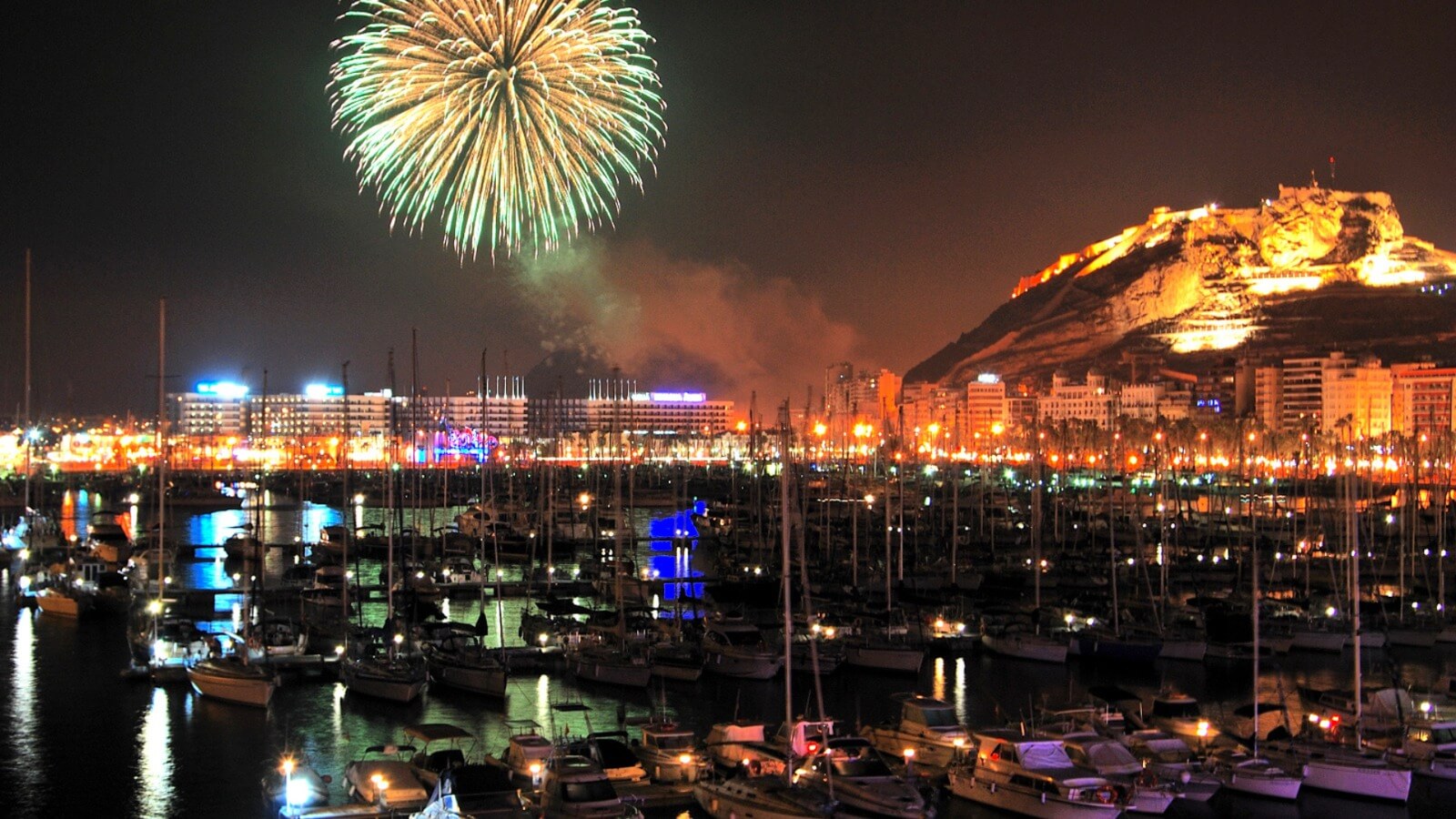


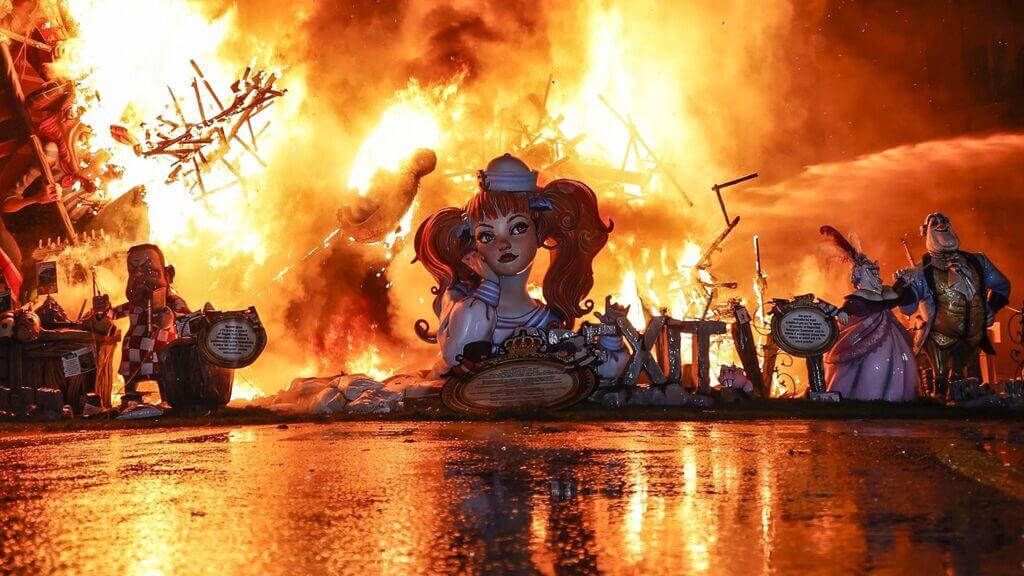
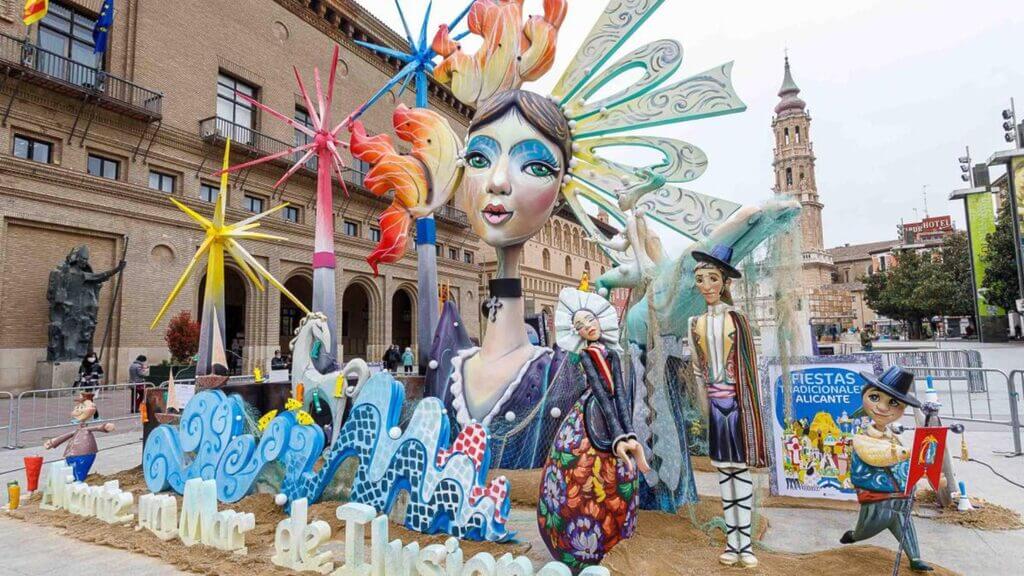
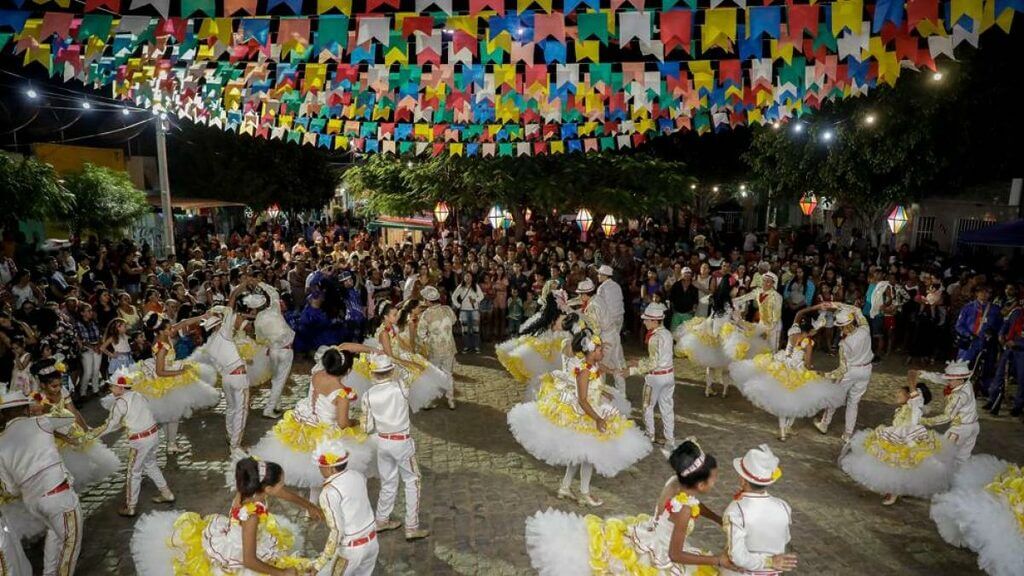
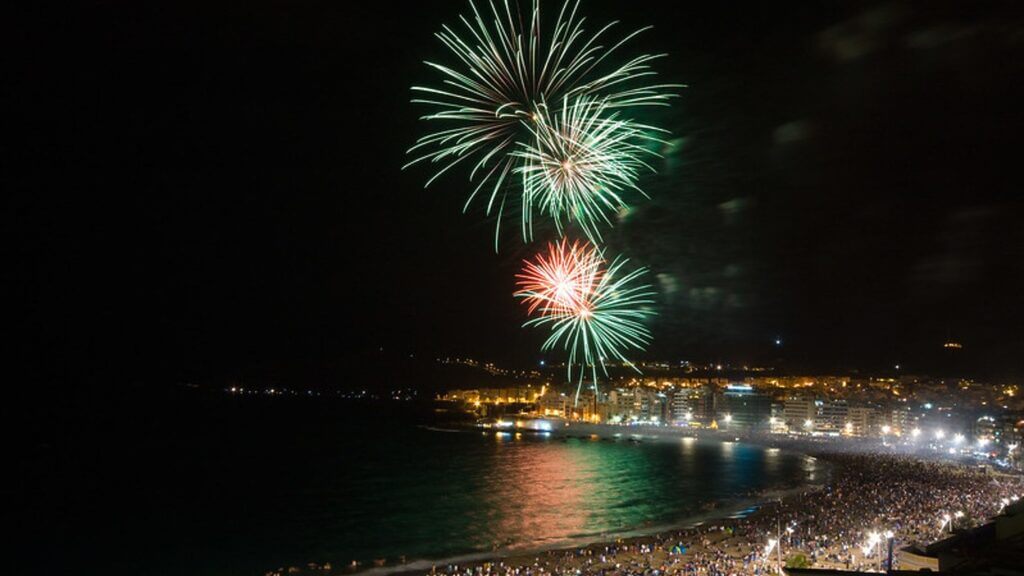
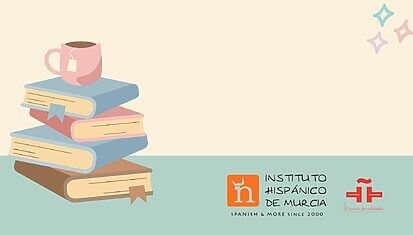
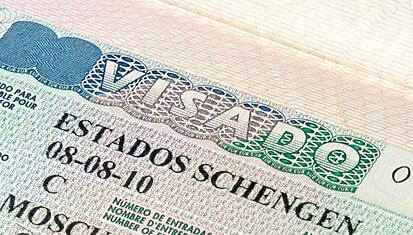

There are no comments on The Night of Saint John Around the World